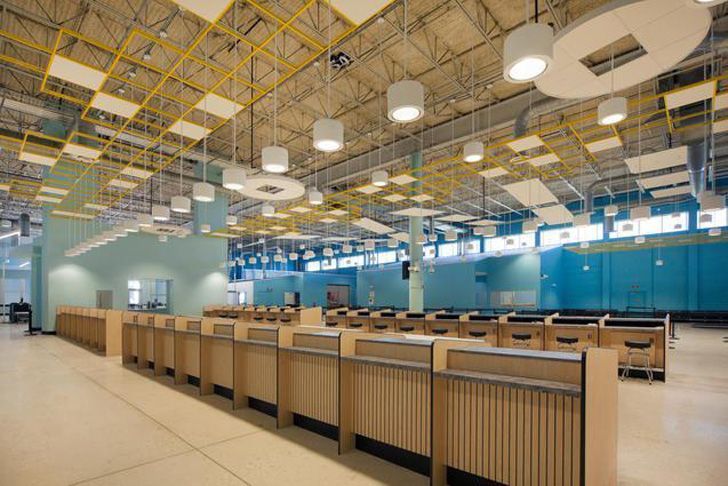One of South Florida’s leading economic powerhouses, Broward County’s Port Everglades received its first Leadership in Energy and Environmental Design (LEED) certification for Cruise Terminal 4, which underwent many energy-efficient improvements when it was expanded and completely renovated over the past year.
LEED, a U.S. Green Building Council program, is a certification that recognizes best-in-class building strategies and practices. To receive LEED certification, building projects must satisfy prerequisites and earn points to achieve certification.
Construction features that made the terminal eligible for LEED certification include:
• Recycled concrete and asphalt used in the building’s construction
• Low-water usage toilets/urinals and fixtures
• Energy-efficient lighting inside and outside as well as the use of natural lighting within the terminal
• Energy-efficient air conditioning and windows
• Remote control of the lighting and air conditioning systems, which is part of the Port’s overall energy management program
• Use of Regional materials manufactured within 500 miles of the Port
• Low VOC (volatile organic compounds) products used for paints, coating, flooring and adhesives
“We decided to renovate Cruise Terminal 4 specifically to comply with LEED guidelines because the certification is widely recognized and it supports Broward County’s sustainability efforts to make buildings more energy efficient and invest in renewable and alternative energy technologies,” said Steven Cernak, Port Everglades Chief Executive & Port Director.
Port Everglades also has a port-wide energy management program that includes most of the Broward County-owned buildings and facilities, so many of the Port’s other cruise terminals are also ‘energy efficient’ buildings.
Port Everglades recently became the first deep-water port in Florida to join Green Marine, an environmental certification program for the North American marine industry. This environmental program makes it possible for ports, terminal operators, and shipping companies to voluntarily reduce their environmental footprint through a comprehensive program that addresses key environmental issues and criteria using eleven performance indicators.













